Nose Surgery
Home > Surgical > Face > Rhinoplasty (Nose)
Rhinoplasty (nose surgery) is a transformative process that allows you to reshape your nose, enhancing its appearance and sometimes correcting breathing difficulties. Did you know it's the most popular cosmetic procedure in the US, with approximately 400,000 operations performed yearly? That's because people are discovering the power of rhinoplasty to achieve their desired look and improve their overall facial harmony.
During rhinoplasty, the size of the nose is often reduced by carefully removing and reshaping nasal tissues. The procedure results are unique to each individual and influenced by skin condition and thickness, nasal and facial structure, genetic factors, and age. Traditionally, a "nose job" was only performed to address significant issues, but thanks to recent surgical innovations, individuals can now benefit from more moderate enhancements. Ultimately, rhinoplasty aims to achieve better facial balance and overall appearance.
Reasons for considering Nose Surgery:
- Cosmetic enhancement: Improve nasal appearance and boost self-confidence.
- Correcting deformities: Address congenital disabilities, injuries, or previous surgeries.
- Breathing difficulties: Improve airflow and respiratory function.
- Post-traumatic reconstruction: Restore nose shape and position after accidents or injuries.
- Resolving sinus issues: Alleviate chronic sinus problems and improve drainage.
Note: If the surgeon utilizes nose surgery, specifically rhinoplasty, to correct a breathing issue or nose deformity, the patient's insurance policy may cover the process.
General Procedure
To initiate the surgery, the skilled surgeon makes small incisions that provide access to the underlying nasal structure. Once we carefully open the skin, the surgeon begins the intricate process of rearranging the cartilage and bone to establish the foundation for the desired new look. Nose surgery uses two primary techniques: the 'open' and 'closed' methods.
The open method allows for maximum visibility and control over the procedure. The surgeon places the incision for the chosen technique between the nostrils on the columella, which is the medial nostril strip. On the other hand, the closed method involves internal incisions that heal faster, although it provides less surgical control over the final outcome. During your initial consultation, your physician will discuss which method best suits your desired results.
Remember, rhinoplasty is not just about physical transformation—it's about boosting your confidence and achieving a harmonious appearance that reflects your true beauty.
Recovery Process
Commonly, post-operative instructions call for plenty of rest and limited activity to speed up the healing process and decrease recovery time. You may notice some swelling, but any swelling will disappear within a few weeks. The surgeon applies a splint, bandages, and/or gauze immediately following surgery to aid healing and minimize nose movement. Patients must abstain from smoking for several weeks before and after the surgery. Furthermore, the surgeon must tape and remove any corrective glasses from the nose. The nose must be sun-protected for the first year after the procedure while the body adjusts to the new appearance. Patients may have minimal discomfort as a result of the operation. Oral medicines and/or cold compresses can effectively relieve pain. While complications are rare, patients can reduce the risk of potential issues by carefully following the post-surgical directions given by the surgeon.
Face
Rhinoplasty (Nose)
Visit Us
35 Bill Fries Drive
Building E
Hilton Head Island, SC
29926
(843) 681-4088
info@myhhps.com
Office Hours
- Mon - Fri
- -
- Sat - Sun
- Closed
How To Schedule Your Consultation?
Click the button below, fill out an appointment request form or call us at (843) 681-4088.
Hilton Head Plastic Surgery & MedSpa offers a wide range of safe and effective methods for achieving a more attractive and youthful appearance, from non-surgical and minimally-invasive MedSpa treatments to cosmetic or reconstructive surgery.
Fax (843) 689-3742
Hilton Head Plastic Surgery & MedSpa LLC | All Rights Reserved.




